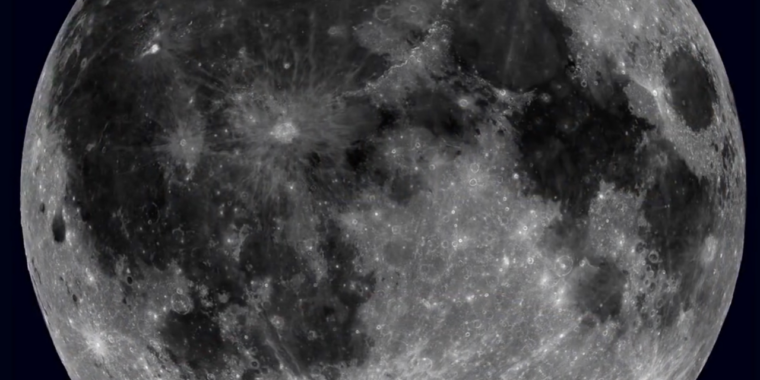The Untold Stories of Pompeii and Herculaneum Survivors
On August 24 in 79 AD, Mount Vesuvius erupted, burying the ancient cities of Pompeii and Herculaneum under ash and rock. While popular belief always suggested that these cities were completely destroyed and their inhabitants perished, recent research is revealing a different narrative.
Rediscovering the Past
The story of the eruption now includes tales of survival and resilience. Archaeologists have been searching for evidence of those who escaped the disaster, shedding light on their post-eruption lives. This quest for survivors has been a focal point of recent archaeological work, aiming to uncover the human side of this tragic event.
Modern excavations have shown that not everyone in Pompeii and Herculaneum met a grim fate. The discovery of human remains that only represent a fraction of the cities’ populations suggests that many inhabitants might have fled in time to survive. This challenges the traditional notion of complete annihilation.
Survival Against the Odds
Pompeii and Herculaneum were thriving cities with vibrant economies before the eruption. The recent identification of over 200 survivors in neighboring communities indicates that many managed to escape the catastrophe. These individuals, mostly from Pompeii, resettled in areas north of Mount Vesuvius, rebuilding their lives with the help of social and economic networks.
Among the survivors were families like the Caltilius and Munatius clans, who flourished in their new surroundings. They established businesses, built temples, and integrated into their adopted communities. However, not all survivors experienced such prosperity.
A Tale of Resilience
While some families thrived after the eruption, others faced hardships in their new lives. Stories of impoverished survivors like Fabia Secundina and the Avianii, Atilii, and Masuri families shed light on the challenges they encountered. Despite their struggles, these individuals showed remarkable generosity towards fellow survivors and their new communities.
Lessons from History
The Roman government played a crucial role in facilitating the recovery of the displaced populations. Emperors invested in rebuilding efforts, providing resources and infrastructure for the survivors to restart their lives. This ancient model of post-disaster recovery offers valuable lessons for modern society.
Today, as we face various challenges, the resilience and generosity displayed by the survivors of Pompeii and Herculaneum serve as a reminder of the human spirit’s ability to overcome adversity.
Image/Photo credit: source url





